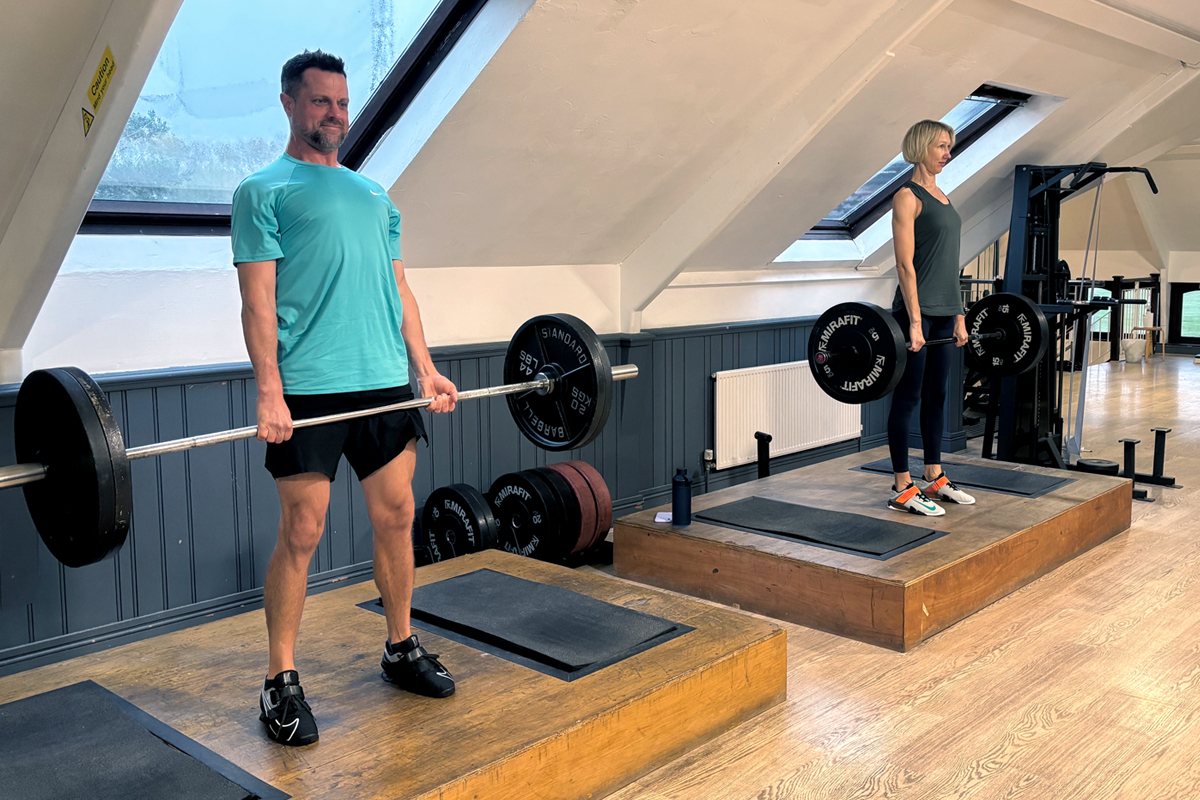
What prompted you both to begin strength training?
We both began training for different reasons. I was experiencing frequent lower back pain, and was advised to strengthen my core and improve my overall fitness in order to help. Whereas David began training for more general health reasons to stay active as long as possible.
You guys are currently both training together at Body Mentors, first of all how are you finding the training?
We’ve been really enjoying training with Body Mentors the past year, especially with Alex! The sessions are challenging but fun at the same time, and it’s such a great thing for us to train together.
You’ve mentioned how you have found it motivating training together, why do you think that is?
Sometimes you have days that you may not feel 100%, despite being really committed it’s just so much easier to show up and get moving when training together.
What do you enjoy most about training together?
It is inspiring to see your partner pushing their limits and growing alongside you. We know we are stronger, and we can see how our bodies have changed since we started training a year ago. It really makes the experience rewarding.
Did you guys have any concerns about training in a 2-to-1 setting, and if so, how have they been resolved?
We did not have any concerns. We used to train in a group of 10 at the gym before, and we knew it would be better this way. This way it makes it much more personable getting much more specific and detailed feedback.
How does training with Body Mentors compare to training you have done in the past?
Training with Body Mentors is much more personal compared to the training we’ve done in the past. You get individual attention, which makes the workouts more effective and helps reduce the risk of injury by ensuring every movement is done properly.
Liga was particularly worried about her lower back but has not experienced any issues since we started training.
Have the pair of you set any goals for strength training?
We haven’t really set any specific goals for strength training – we just enjoy the process. David is a bit more focused on reaching the next round number, whereas lately I’ve felt a bit overwhelmed by what I’ve already achieved.
For partners, or even just friends thinking about doing strength training together, is this something you would recommend?
Absolutely! We’d definitely recommend it. Training together makes the whole process more fun and motivating – you can support each other, celebrate progress, and keep one another accountable. It also adds a social element to strength training, which makes it feel less like a chore and more like something you genuinely look forward to.

